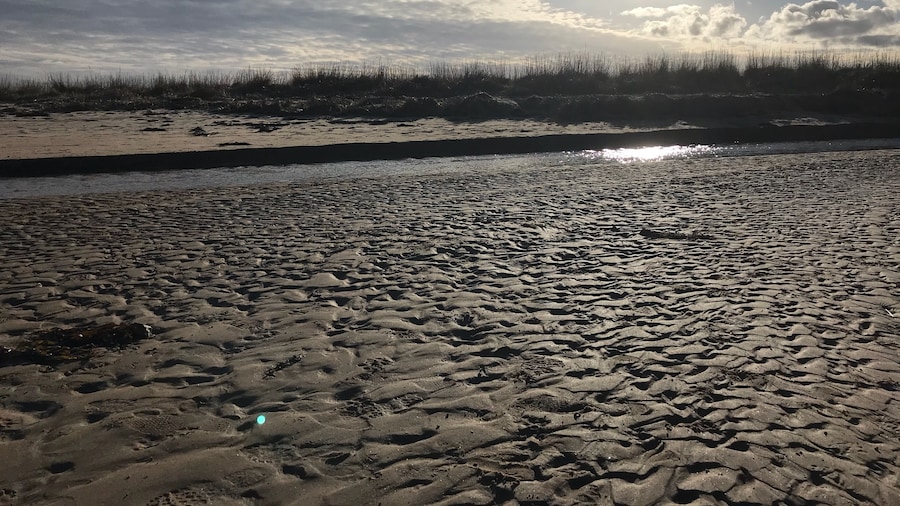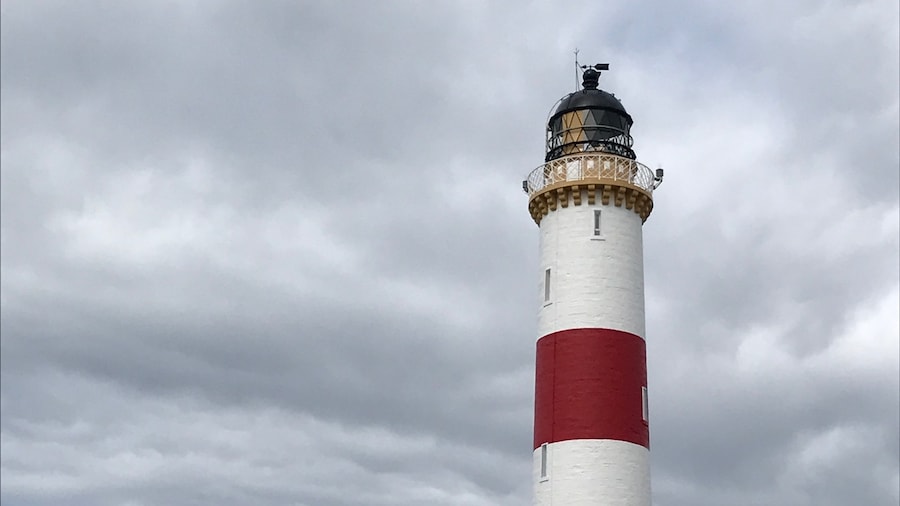View the impressive modern stained-glass windows inside this 13th-century cathedral.
Dornoch Cathedral is perhaps best known for its modern stained-glass windows, including several dedicated to Scottish-American steel tycoon Andrew Carnegie. See these beautiful windows, marvel at the cathedral’s fine 13th-century stonework and attend one of the music performances often hosted here.
Originally built in the 13th century, the cathedral suffered serious damage in a 1570 fire. View the tower, all that remains of the original cathedral. Notice the gargoyles set in the eaves of the exterior. The cathedral you see today bears little resemblance to the 13th-century original, as a result of the extensive restorations carried out by the Countess of Sutherland.
Step inside the cathedral and admire the way light streams through its stunning stained-glass windows. Walk to the north side of the chancel, where you’ll see three unusual windows donated in memory of industrialist Andrew Carnegie. Born in Dumfermline, Carnegie often spent summers at an estate in Skibo which is 4 miles (6 kilometers) west of Dornoch. Admire each of the three windows, which represent three of Carnegie’s primary interests: peace, music and literacy.
Look for the piscina, a small basin connected to the cemetery outside via a pipe. Wine remaining from Catholic masses was once poured down this piscina. Although the cathedral was originally a Roman Catholic church, it became part of the Church of Scotland after the Reformation.
Notice the sarcophagus of Sir Richard de Moravia near the cathedral’s western door. Believed to be the brother of the cathedral’s founder, Sir Richard died at the Battle of Embo against Danish invaders in the 13th century.
Head to the cathedral’s cemetery to see where medieval markets once took place. The site is marked by the Plaiden Ell, a medieval stone used for measuring cloth.
Attend a regular service at the cathedral, which often hosts music events and weddings. You may remember the cathedral as the site where Madonna and Guy Ritchie’s son, Rocco, was christened in 2000.











